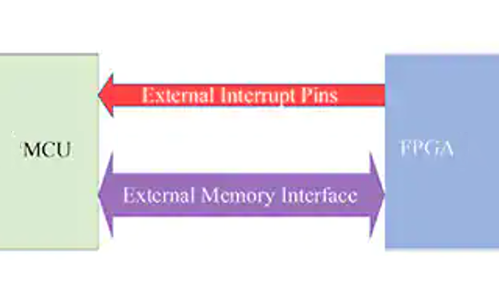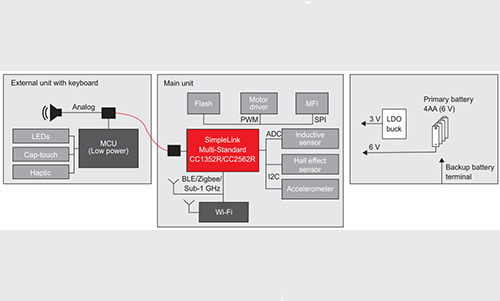The last few decades have been an awesome and interesting time to be in the electronic design and manufacturing industry. Having seen the industry from multiple sides, from days in the early 1980s as a SIGINT soldier on the East/West German border, to running around Europe selling high-end audio and consumer electronics, to now having the privilege to see and report upon the process, it has been a humbling and educating experience.
Coming from an applied-technology background, the first thing that comes to mind when seeing a core technology is how it could be used to address applications. The creation of technology and its application to address issues in society and its infrastructure is one of the paramount differences between engineering and pure science.
In that vein, the ability to take, develop, optimize, and field technology and the tools to achieve it are critical to that task. In one sense, the array of solutions available to the engineers of today create the reality that society relies upon to function. The growth and development of modern tech is not only due to the new core technologies created, but how it has become easier and more cost-effective to implement those technologies to address applications.
This latest explosion of applied technology has been going on for a couple of decades now, and arguably things like the IoT became useful with the application of advanced technology in new spaces, like the advent of digitally controlled power and the replacement of related legacy analog-only systems. These advances were also reflected in the development and prototyping tools available to the engineering public.
A decade or so ago, there was an initiative called “The Tinker’s Toolbox,” a concept project to develop a prototyping lab in a shipping container. At the time, 3D printing was relatively mature, and benchtop tools had already begun to become the powerful multipurpose devices they are today. Combine that with a board lathe and other prototyping tools, and you have a lab-in-a-box.
Today, a prototyping lab of that nature would fit in a reasonably-sized bedroom. The design and development tools that exist today give designers the ability to create almost anything they can conceive of. Using the latest in design and development support from distributors, many of whom are transforming themselves into development partners, one can create functional products using the latest technologies.
People tinker, and the latest electronic solutions have given every person with imagination the ability to manifest their creativity. The Maker Movement, and the explosion of user-driven groups like the Things Network in the LoRa space for IoT applications and their RF infrastructure, show how empowering access to the ability to create can be.
This empowerment provided by the latest generation of engineering tools also gives small- and medium-sized companies the ability to “punch above their weight” with the same level of precision and performance of a Tier-1 company. Single-purpose testing and evaluation tools that used to cost a fortune are now supplemented by an array of reasonably priced multipurpose solutions.
因此,最新的迭代概念”修改’s Toolbox” can almost be likened to a cornucopia of engineering tools, ready to be applied to an application by anyone with the imagination and skill to use the plethora of solutions provided. Combined with the latest generation of advanced components and subsystems, we have access to all the tools we need to get the job done, no matter the situation presented.



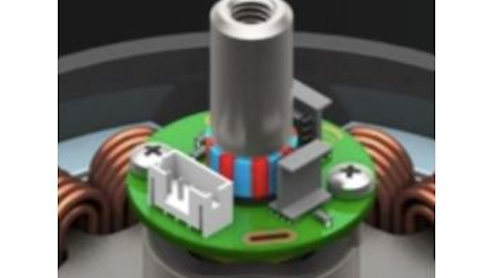
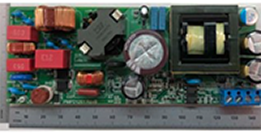


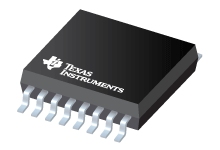









.png?auto=format&fit=crop&h=139&w=250&q=60)
